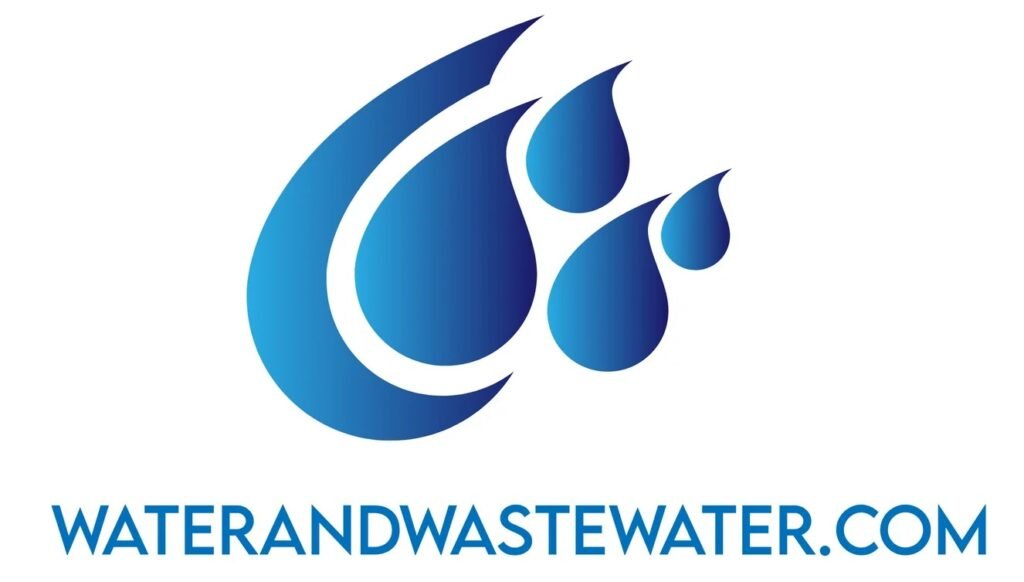
Tag: effluent quality
Short Circuiting in Wastewater Treatment: Mechanisms, Impacts, and Mitigation Introduction Wastewater treatment is critical for maintaining public health and environmental integrity. The process involves multiple stages designed to remove contaminants and ensure water is safely returned to the environment or reused. Yet, wastewater treatment systems are complex and can be prone to inefficiencies, one of […]
Title: The Mason Farm Wastewater Treatment Plant: A Model of Sustainable Water Management Abstract The Mason Farm Wastewater Treatment Plant, located in Chapel Hill, North Carolina, is more than just a facility for treating sewage; it exemplifies advanced wastewater management, sustainability practices, and community commitment to environmental stewardship. From its innovative engineering design […]
How Much Does a Wastewater Treatment Plant Cost? The topic of wastewater treatment is one that concerns municipalities, industries, and environmentalists alike. Efficient and effective management of wastewater is crucial for public health, environmental protection, and sustainable economic development. Among the myriad considerations that cities and businesses must address is the financial aspect. Specifically, […]
The Indispensable Role of Secondary Clarifiers in Wastewater Treatment Wastewater treatment is an essential process for managing and recycling water to make it safe for discharge into the environment or for reuse. A pivotal component of this multi-stage treatment process is the secondary clarifier. Though often overshadowed by other components like primary treatment and […]
Wastewater treatment plants are essential infrastructure for any modern city. They play a vital role in managing and treating sewage, runoff, and industrial effluents to ensure that the water released back into the environment meets stringent quality standards. Among these facilities, the Central District Wastewater Treatment Plant (CDWWTP) stands out not only due to its […]
The Activated Sludge Process is a critical part of modern wastewater treatment methods. Through this process, wastewater containing organic matter is aerated in a basin to encourage the growth of microorganisms that consume the organic pollutants. The method vastly improves the quality of the effluent, rendering it safer for discharge into natural water bodies or […]
Membrane bioreactors, known as MBRs, are an advanced solution for wastewater treatment, combining conventional biological processes with membrane filtration. This technology has significantly evolved over the past decade, addressing many of the limitations found in traditional treatment methods. MBR systems integrate a suspended growth bioreactor with filtration capabilities, typically utilizing microfiltration or ultrafiltration membranes to […]
Rectangular clarifiers are a common feature in wastewater treatment plants, serving a critical role in the sedimentation process. These structures are engineered to utilize gravity for the separation of particulate matter from wastewater. The design of rectangular clarifiers ensures that water enters at one end and exits at the opposite end, promoting an efficient flow […]
Microscreens are an essential component in modern wastewater treatment processes, designed to remove fine particles from effluent streams. They operate by filtering water through screens with very small openings, which are capable of capturing particles that are often missed by larger screening systems. Due to their fine level of filtration, micro screens play a crucial […]
Zone settling is a crucial phase in the wastewater treatment process, which involves the separation of suspended solids from water. This process is based on the differential settling rates of particles under the influence of gravity. In the context of wastewater treatment, zone settling aids in concentrating the solid particles, thus enabling the removal of […]